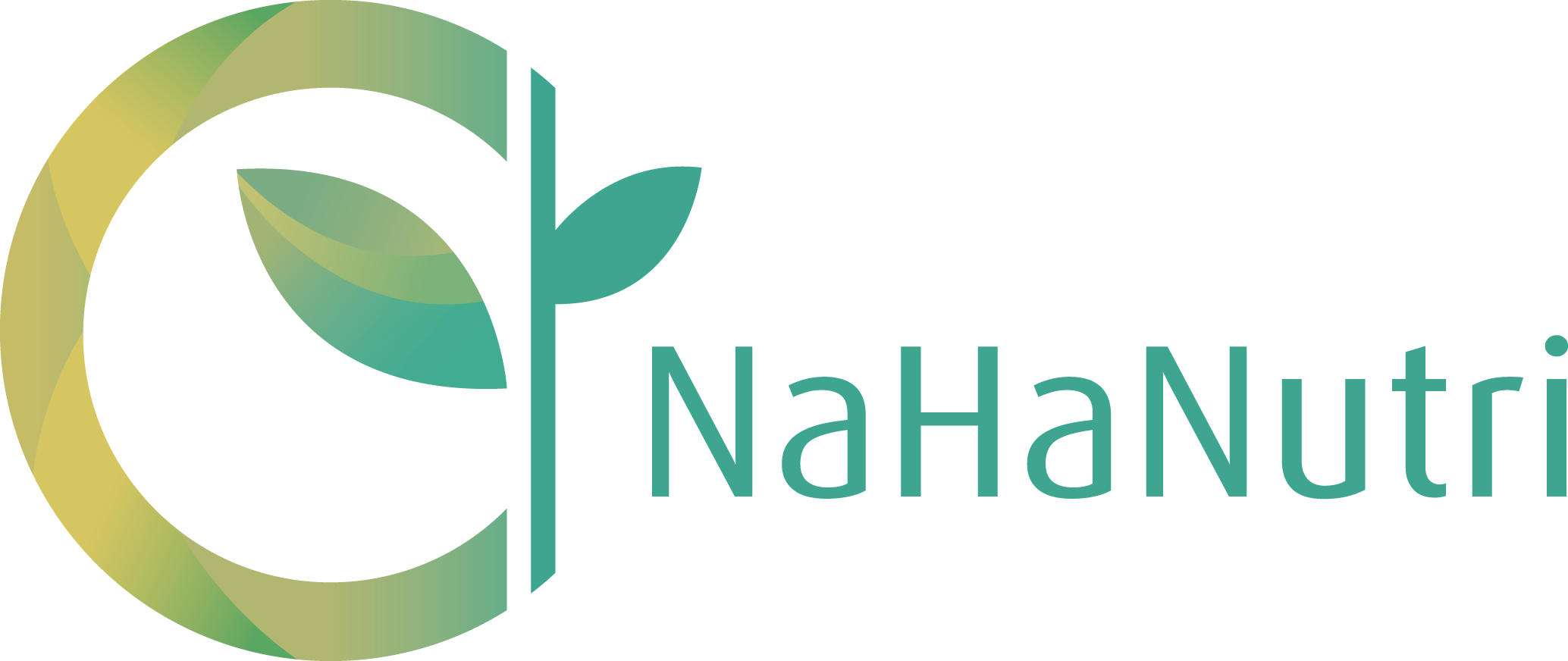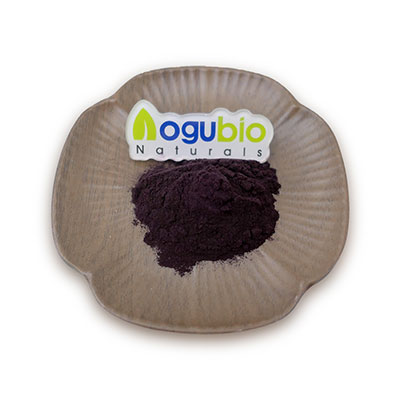Introduction
Astaxanthin is a xanthophyll carotenoid which is found in various microorganisms and marine animals . It is a red fat-soluble pigment which does not have pro-Vitamin A activity in the human body, although some of the studies reported that astaxanthin has more potent biological activity than other carotenoids. The United States Food and Drug Administration (USFDA) has approved the use of astaxanthin as food colorant in animal and fish feed . The European Commission considers natural astaxanthin as a food dye . Haematococcus pluvialis is a green microalga, which accumulates high astaxanthin content under stress conditions such as high salinity, nitrogen deficiency, high temperature and light . Astaxanthin produced from H. pluvialis is a main source for human consumption . It is used as a source of pigment in the feed for salmon, trout and shrimp . For dietary supplement in humans and animals, astaxanthin is obtained from seafood or extracted from H. pluvialis . The consumption of astaxanthin can prevent or reduce risk of various disorders in humans and animals . The effects of astaxanthin on human health nutrition have been published by various authors . In our previous reviews, we included recent findings on the potential effects of astaxanthin and its esters on biological activities . The use of astaxanthin as a nutritional supplement has been rapidly growing in foods, feeds, nutraceuticals and pharmaceuticals. This present review paper provides information on astaxanthin sources, extraction methods, storage stability, biological activities, and health benefits for the prevention of various diseases and use in commercial applications.

Source of Astaxanthin
The natural sources of astaxanthin are algae, yeast, salmon, trout, krill, shrimp and crayfish. Astaxanthin from various microorganism sources are presented in Table . The commercial astaxanthin is mainly from Phaffia yeast, Haematococcus and through chemical synthesis. Haematococcus pluvialis is one of the best sources of natural astaxanthin.
Benefits Of Astaxanthin
- Antioxidant
As you may be aware, antioxidants are good for you. Astaxanthin’s antioxidant properties provide the main source of the health claims and benefits of the supplement, particularly when used to help treat cancer.
It’s been linkedTrusted Source to improved blood flow, and lowering oxidative stress in smokers and overweight people. A comparison studyTrusted Source of astaxanthin and other carotenoids showed that it displayed the highest antioxidant activity against free radicals.
- Cancer
Because of its antioxidant properties, there has been a lot of research on how astaxanthin might help to treat various cancers. One studyTrusted Source found short- and long-term benefits for the treatment of breast cancer, including reduced growth of breast cancer cells.
The high cost of purified astaxanthin has limited its use in further studies and cancer treatments.
- The skin
Astaxanthin can be used topically to promote healthy skin. A 2012 study showed that combining topical and oral doses of astaxanthin can help to smooth wrinkles, make age spots smaller, and help maintain skin moisture. There were positive results in both men and women, but more study is needed to confirm these findings.
- Exercise supplement
There has been a lot of study on how astaxanthin can affect endurance, as well as fatigue levels after exercise. Studies on mice show that it can boost the body’s use of fatty acidsTrusted Source, which helps endurance, and prevent muscle and skeletal damage.
So far, however, evidence for its effects on human exercise is still lacking. One studyTrusted Source using human subjects found no exercise benefits from astaxanthin supplements in relation to muscle injury.
- Heart health
Researchers are also looking into claims that astaxanthin can benefit heart health. A 2006 studyTrusted Source examined astaxanthin’s effects on rats with hypertension (high blood pressure), and results indicated that it may help to improve elastin levels and arterial wall thickness.
Other claims include the notion that astaxanthin can prevent heart disease and help lower cholesterol, but there isn’t sufficient evidence to support these uses yet.
- Joint pain
Astaxanthin may also have a future in the treatment of joint pain, including conditions like rheumatoid arthritis, which affects nearly one in every five AmericansTrusted Source, and carpal tunnel syndrome. However, results so far have been mixed.
Some studies show that astaxanthin may be able to reduce inflammation and pain symptoms related to arthritis. However, a studyTrusted Source on the relationship between astaxanthin and carpal tunnel syndrome found no evidence to support the claim.
- Male fertility
In a 2005 studyTrusted Source, astaxanthin showed positive results for male fertility. Over the course of three months, the double-blind study examined 30 different men who were previously suffering from infertility.
The researchers saw improvements in sperm parameters, like count and motility, and improved fertility in the group who received a strong dosage of astaxanthin. As this was a relatively small-scale study, more evidence and research is needed to support this claim.
Can you get astaxanthin naturally from foods?
One of the largest sources of astaxanthin is in certain types of marine algae.
Astaxanthin is also found in several types of seafood, including:
Salmon
Rainbow trout
Shrimp
Lobster
Four ounces of sockeye salmon contains about 4.5 milligrams of astaxanthin.
What is the recommended dosage?
Recommended dosages range from 4mg-12mg a day depending on the desired effect. 4mg daily has been shown to have positive effects reducing inflammation but up to 12mg a day provides more of a therapeutic dose for those in need of higher levels of antioxidants.
Astaxanthin is a fat-soluble carotenoid that should be with a meal containing fat for optimal absorption.
XI’AN AOGU BIOTECH CO.,LTD is devoted into the research and innovation in natural nutritional supplements ingredients. Our own factory and lab with the strict quality control system to ensure quality stability and real price of Astaxanthin. At the same time, we have our own source for the raw material to make sure the production ability.
If you are interested, please feel free to contact XI’AN AOGU BIOTECH !


